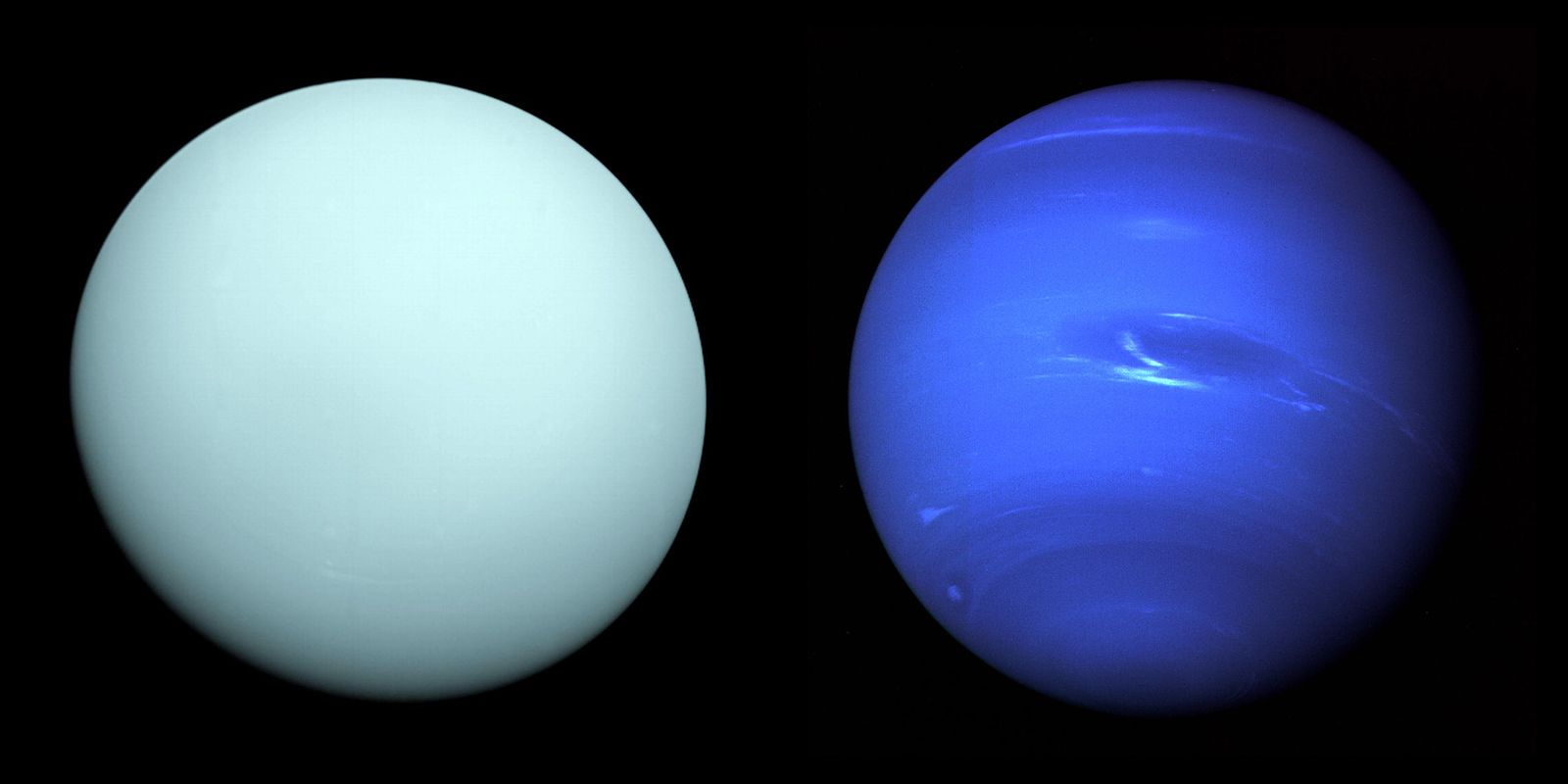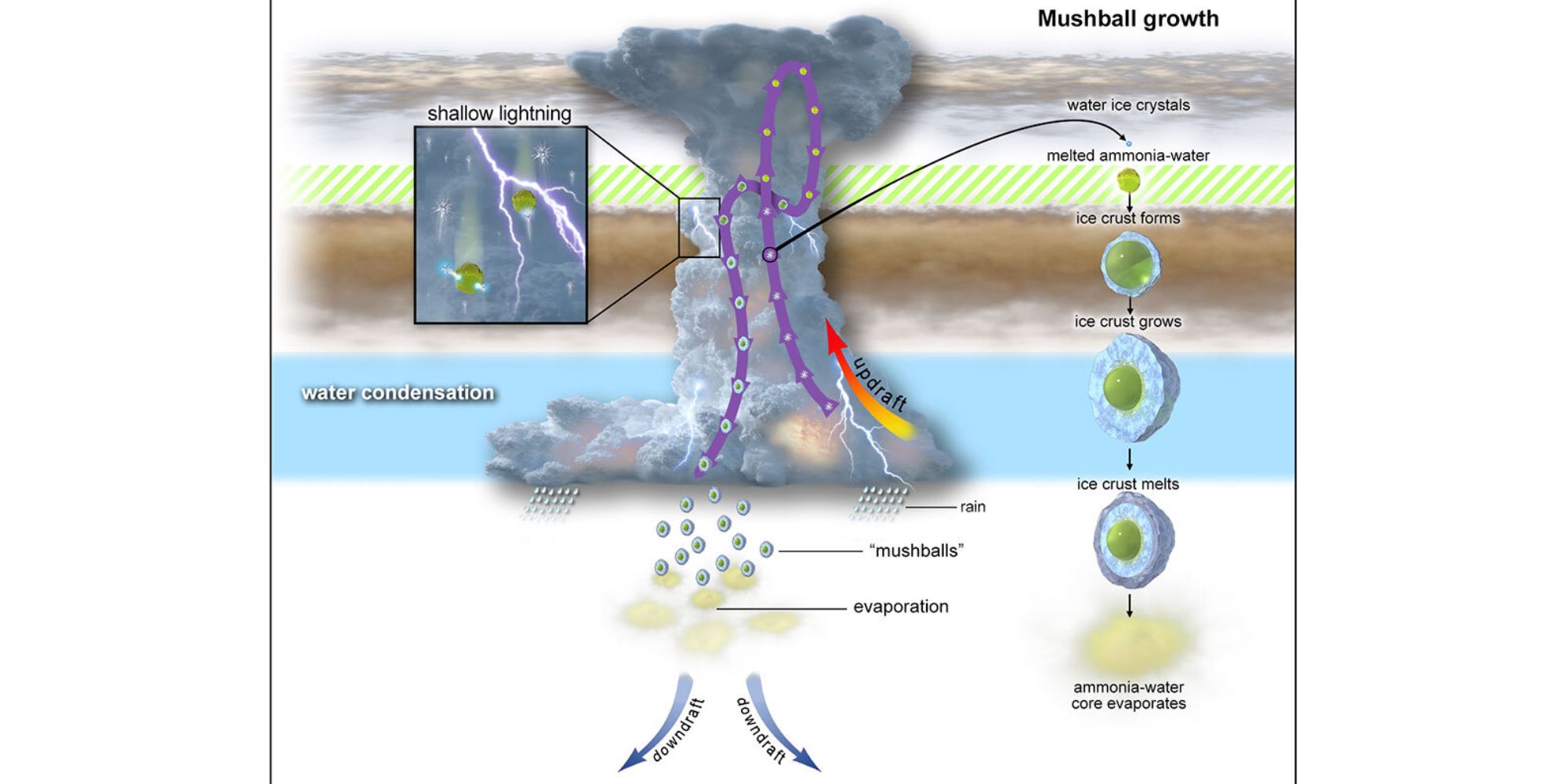Uranus and Neptune have puzzling atmospheres that have stumped scientists for years, but thanks to a recent discovery of 'mushballs,' they may be one step closer to properly understanding them. Outer space can be a truly fascinating thing. Our own Solar System is home to a variety of fascinating planets, there are countless other galaxies millions of miles away, and new discoveries are being made every single day. Whether Perseverance is collecting new rocks on Mars or Hubble is photographing faraway galaxies, there's always something new to uncover.
Of the eight planets in our Solar System, four of them are labeled as gas giants. These include Jupiter, Saturn, Uranus, and Neptune. Gas giants are exactly what the name implies — large planets that are made up primarily out of gases (specifically, hydrogen and helium). These gas giants aren't habitable and won't be visited by humans any time soon, yet their fascinating properties and environments keep scientists intrigued to this very day.
Thanks to a recent study by Tristian Guillot at the Europlanet Science Congress (and reported on by Phys.org), new details regarding the atmosphere on Uranus and Neptune may have started to peel away a longstanding mystery. While Saturn and Jupiter have copious amounts of ammonia in their atmospheres, Uranus and Neptune lack the compound entirely. As this study reveals, the answer to this missing ammonia could lie in mushballs present on both planets.
What Musballs Are & Why They're Important To This Study
Before we go any further, what in the world is a mushball? As discovered on Jupiter last year, mushballs are essentially formations of water and ammonia. It begins with water ice crystals that combine with melted ammonia water. This causes an ice crust to form, it continues to get larger, and then eventually melts before the ammonia-water core evaporates. Because ammonia is trapped in these mushballs and carried deep into Jupiter's atmosphere, that's why ammonia's been discovered further into the planet than scientists have anticipated.
This same mushball process happens on Uranus and Neptune as well. However, this study indicates that it's "even more efficient" on the two planets than it is on Jupiter. As Guillot explains, "the mushball seed region is extended and occurs at greater depths." Because of this, "ammonia is probably simply hidden in the deep atmospheres of these planets, beyond the reach of present-day instruments."
Further studies need to be conducted to "fully understand the processes," but even this early on, this is an incredible step forward to better comprehend how Uranus and Neptune compare to their gas siblings. Why are mushballs traveling deeper into Uranus and Neptune than they are on Jupiter? What about the two planets causes their mushball creation to be so much more efficient? It's unclear when those questions will be answered, but Guillot is determined to learn more. As he explains, "we need a dedicated mission to map the deep atmospheric structure and understand mixing in hydrogen atmospheres ...We really need to go there."
Source: Phys.org


